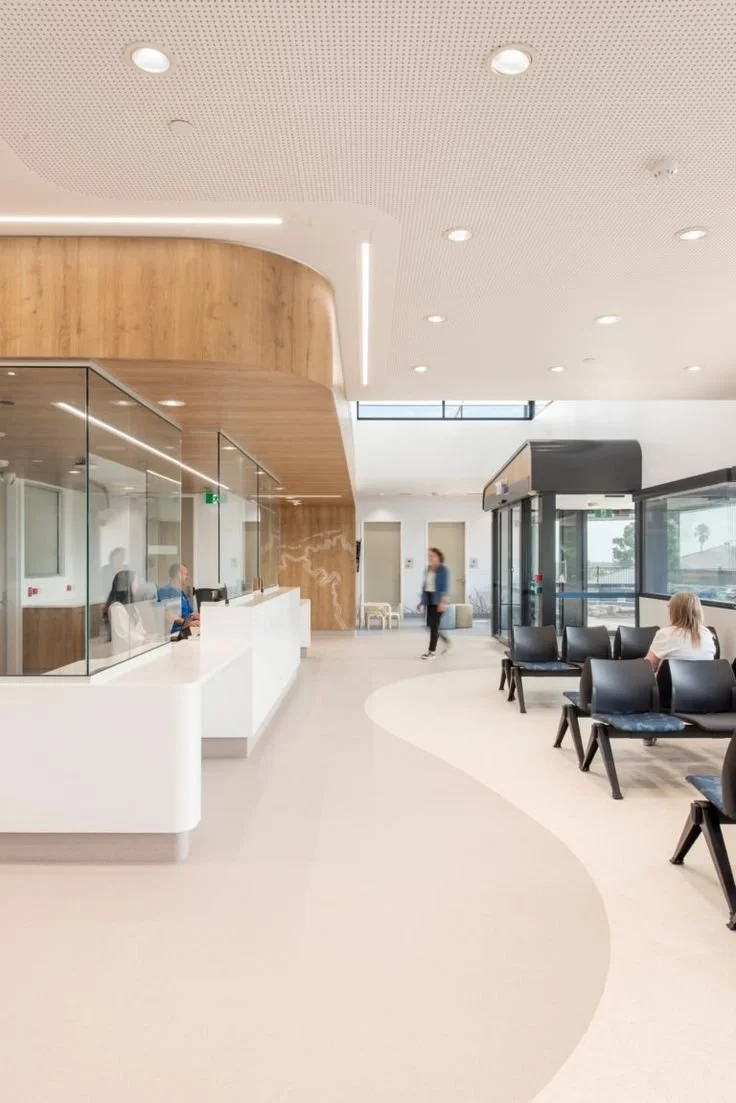Understanding The Symptoms And Causes Of Thoracic Spondylosis
Thoracic spondylosis is a common condition that affects the middle part of the back. It occurs when the bones, discs, and joints of the spine gradually deteriorate over time. While the spine naturally degenerates with age, younger individuals can also develop this condition due to poor posture or continuous stress on the back.
Knowing the signs and understanding the causes of thoracic spondylosis can help you manage it effectively and take proactive steps to protect your spine. In this article, we share the various symptoms and underlying causes of thoracic spondylosis, providing you with valuable knowledge and insights that you can use to better understand this condition.
No. 1
What is Thoracic Spondylosis?
Thoracic spondylosis refers to the degeneration of the spine in the thoracic region, which lies between the neck and lower back. This part of the spine plays a crucial role in supporting the body and enabling movement.
As we age, the spinal discs lose moisture and flexibility, and the cartilage between the vertebrae begins to wear down.
This can result in:
Stiffness
Pain
Reduced flexibility
While it is more common in older adults, thoracic spondylosis can also develop in younger individuals who frequently subject their spines to stress, such as through heavy lifting or prolonged sitting.
No. 2
Symptoms of Thoracic Spondylosis
The symptoms of thoracic spondylosis vary from person to person. Some individuals may experience mild discomfort, while others may have more severe symptoms.
Common signs include:
1. Back Pain and Stiffness
The most frequent symptom is pain in the mid or upper back that worsens with activities like bending or twisting. This pain often develops gradually and is accompanied by stiffness, making movement difficult.
2. Numbness or Tingling
In some cases, spinal degeneration can compress nearby nerves, leading to:
Numbness
Tingling
A “pins and needles” sensation.
These sensations may occur in the chest, abdomen, or back, signaling nerve compression.
3. Reduced Range of Motion
As the spine deteriorates, it becomes harder to move, twist, or bend. Even simple actions like reaching or stretching can cause pain and discomfort.
4. Weak Muscles
Compressed nerves may weaken the muscles they control, particularly in the arms or legs. This muscle weakness can make certain movements more difficult.
Gym Shark
Unleash your potential with Gymshark! Discover high-performance activewear designed to empower your workouts and elevate your fitness journey. Join the community and redefine your limits!
No. 3
Causes of Thoracic Spondylosis
Thoracic spondylosis can develop due to several factors.
The most common causes include:
1. Age
Aging is the primary cause of thoracic spondylosis. Over time, the spinal discs lose moisture, reducing their ability to cushion the vertebrae. This gradual wear and tear can lead to pain and stiffness.
2. Poor Posture
Bad posture, such as slouching or hunching over, places extra pressure on the spine. This additional stress can accelerate the degeneration of the discs and joints, increasing the risk of developing thoracic spondylosis.
3. Repeated Strain or Injury
Repetitive movements, heavy lifting, or improper body mechanics can strain the spine, leading to its degeneration. Previous spinal injuries can also contribute to the development of spondylosis.
4. Genetics
Some individuals are genetically predisposed to spinal conditions like thoracic spondylosis. If you have a family history of spinal problems, you may be at a higher risk of developing the condition.
No. 4
Tips for Managing Thoracic Spondylosis
Maintain good posture: Sit and stand with your back straight to reduce spinal stress.
Stay active: Regular exercise can strengthen your back muscles and improve flexibility.
Avoid heavy lifting: Use safe lifting techniques and avoid overloading your spine.
Seek medical advice: If you experience symptoms, consult a healthcare provider for diagnosis and treatment.
If you have any of the symptoms mentioned above, don’t ignore them. Talk to a healthcare provider to address your condition and improve your spinal health. With the right steps, you can prevent thoracic spondylosis from interfering with your daily activities and maintain your quality of life.
Takeaways
Thoracic spondylosis is a widespread condition that typically develops with age but can also affect younger individuals due to poor posture or repetitive strain. By taking care of your spine, you can reduce the impact of thoracic spondylosis and maintain a healthy, active lifestyle.
Looking for Wellness Resources?
Are you looking to enhance your wellness routine? Explore our wellness partners who offer a wide range of resources to support your journey toward holistic living and well-being.































